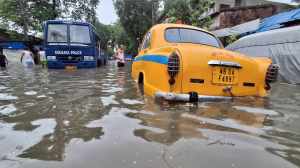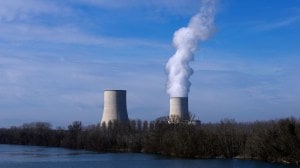Hubble to probe universe mystery
Hubble, the orbiting US space telescope, having revolutionised human knowledge of the heavens in 12 years of service, will try to unveil the...

Hubble, the orbiting US space telescope, having revolutionised human knowledge of the heavens in 12 years of service, will try to unveil the mysteries of the creation of the universe by 2010.
Hubble will allow astronomers ‘‘to go back far enough in time to see the universe when it looked entirely different,’’ Steven Beckwith, director of Baltimore’s Hubble Space Telescope Science Institute, said at the second World Space Congress here.
‘‘We can see the galaxies being formed … We will be going back very much to the beginning of time,’’ he said. ‘‘That shows the power of designing high-capability into a general purpose observatory. You never quite know in science what will come up.’’
New instrumentation installed in Hubble by Nasa last March more than doubled the capacity of the 12.5-tonne telescope orbiting the earth at an altitude of 650 km, according to Nasa astronaut John Grunsfeld, part of the space team that performed the overhaul. The telescope, in earth terms, will next year be capable of distinguishing between two fire flies, two metres apart, from a distance in space comparable to the 12,000 miles separating Tokyo and Washington.
Beckwith also compared Hubble’s latest capacity with the gas pedal on a Ferrari automobile. ‘‘At least once in my life I would have to find out just how fast the car would go,’’ he said.
Photos


- 01
- 02
- 03
- 04
- 05





























